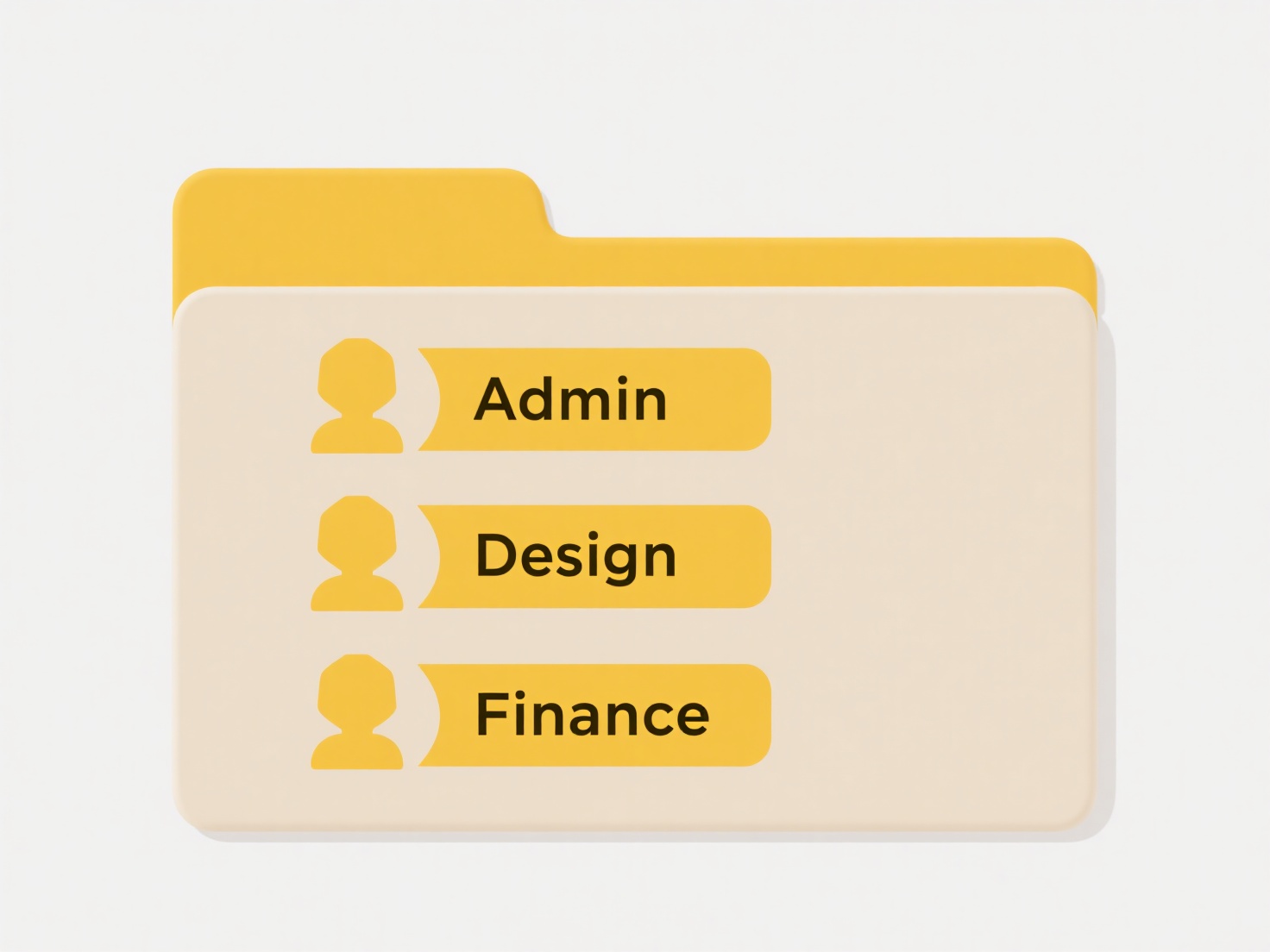
Dropbox files become searchable on Windows through integration with the operating system's built-in search index. Windows Search automatically indexes the contents and metadata (like filenames) of files stored locally on your PC. When you use Dropbox's "Offline" or "Smart Sync" features to mark files as available offline, these files are physically stored on your local hard drive and are thus included in the standard Windows indexing process, allowing you to search their content via File Explorer or the Start menu search box. Files only stored online ("Online-only") in Dropbox are not indexed locally.
To ensure your Dropbox files appear in Windows search results, you need to make them available offline within the Dropbox desktop app. Navigate to your Dropbox folder in File Explorer, right-click the file(s) or folder(s), select Smart Sync, then choose "Local" or "Offline". Once downloaded locally, they will be indexed automatically. You can search for these files later using standard Windows Search (File Explorer search bar or Cortana/Windows Search box), searching by filename, text inside documents, or other metadata for common file types like PDFs, Word, Excel, etc.

The primary advantage is seamless searchability without needing a separate tool. However, indexing requires sufficient local storage for offline files and consumes system resources during the process. Note that encrypted files or files saved online-only won't be searched locally. Future improvements may integrate cloud content indexing more efficiently directly within search interfaces, potentially enhancing privacy controls alongside convenience.
How do I make Dropbox files searchable on Windows?
Dropbox files become searchable on Windows through integration with the operating system's built-in search index. Windows Search automatically indexes the contents and metadata (like filenames) of files stored locally on your PC. When you use Dropbox's "Offline" or "Smart Sync" features to mark files as available offline, these files are physically stored on your local hard drive and are thus included in the standard Windows indexing process, allowing you to search their content via File Explorer or the Start menu search box. Files only stored online ("Online-only") in Dropbox are not indexed locally.
To ensure your Dropbox files appear in Windows search results, you need to make them available offline within the Dropbox desktop app. Navigate to your Dropbox folder in File Explorer, right-click the file(s) or folder(s), select Smart Sync, then choose "Local" or "Offline". Once downloaded locally, they will be indexed automatically. You can search for these files later using standard Windows Search (File Explorer search bar or Cortana/Windows Search box), searching by filename, text inside documents, or other metadata for common file types like PDFs, Word, Excel, etc.

The primary advantage is seamless searchability without needing a separate tool. However, indexing requires sufficient local storage for offline files and consumes system resources during the process. Note that encrypted files or files saved online-only won't be searched locally. Future improvements may integrate cloud content indexing more efficiently directly within search interfaces, potentially enhancing privacy controls alongside convenience.
Quick Article Links
Can I rename files based on creation date?
File renaming based on creation date means using the original timestamp assigned by the operating system (OS) when a fil...
Can renaming a file help with faster indexing or search in apps?
File renaming primarily aids human discoverability rather than speeding up software indexing or search. Indexing engines...
How do I ensure no duplicate names when renaming files in bulk?
How do I ensure no duplicate names when renaming files in bulk? When renaming numerous files simultaneously, conflicts...